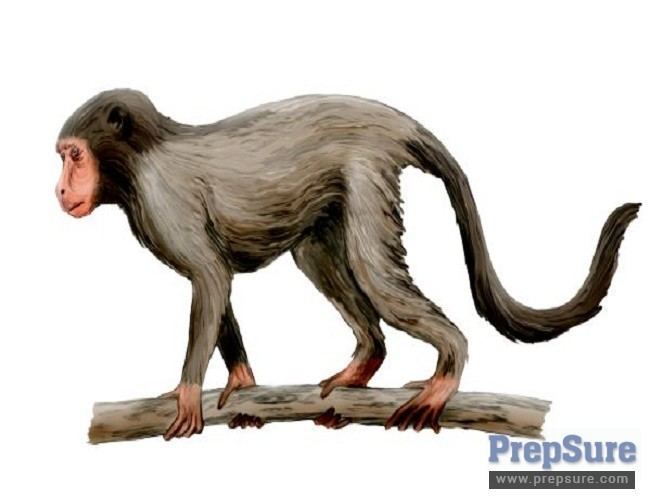Rank Genus | Phylum Chordata Order Primate | |
 | ||
Similar Agilodocodon, Aerodactylus, Anthracobunidae, Allodaposuchus, Primate | ||
Extinct mammals the apidium
The genus Apidium (from Latin, a diminutive of the Egyptian bull god, Apis, as the first fossils were thought to be from a type of a cow) is that of at least three extinct primates living from the late Eocene to the early Oligocene, roughly 36 to 32 million years ago. Apidium fossils are common in the Fayoum deposits of Egypt. Fossils of the earlier species, Apidium moustafai, are rare; fossils of the later species Apidium phiomense are fairly common.
Contents

Apidium and its fellow members of the Parapithecidae family are stem anthropoids that possess all the hallmarks of modern Anthropoidea. Their ancestry is closely tied to the Eocene Asian group Eosimiidae.

Apidium sounds
Behaviour
The Apidium species were well adapted to life in what once were the tropical forests of North Africa. They lived in trees and apparently moved on top of tree limbs by a combination of quadrupedalism and leaping, much as do living squirrel monkeys of the genus Saimiri. These primates appear to have been frugivorous and diurnal, with keen eyesight.
Male Apidium were bigger than the females, which, by comparing them with living primates, suggests that they probably lived in groups, where a small number of males would have had control over several females. The males had large canine teeth.
